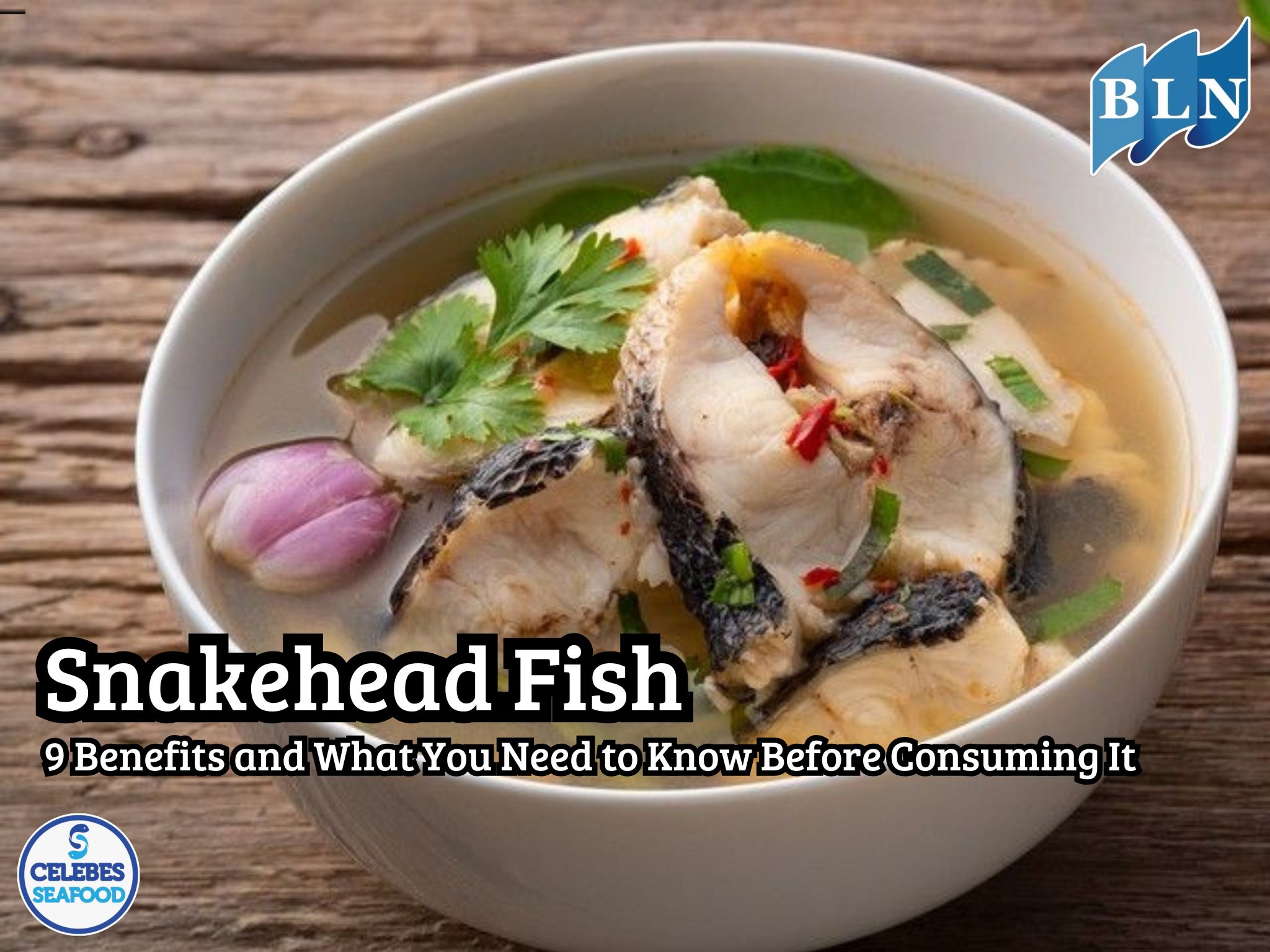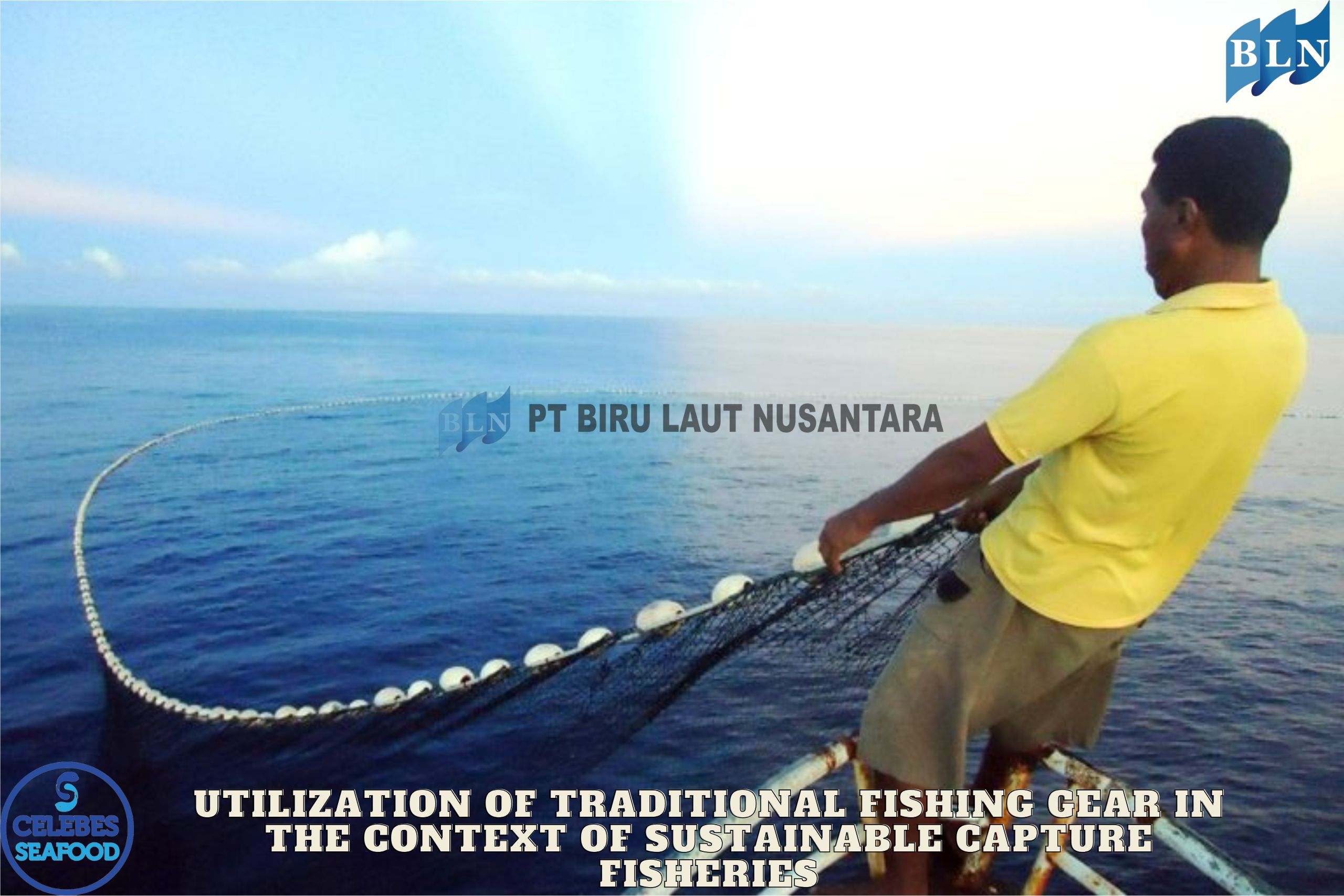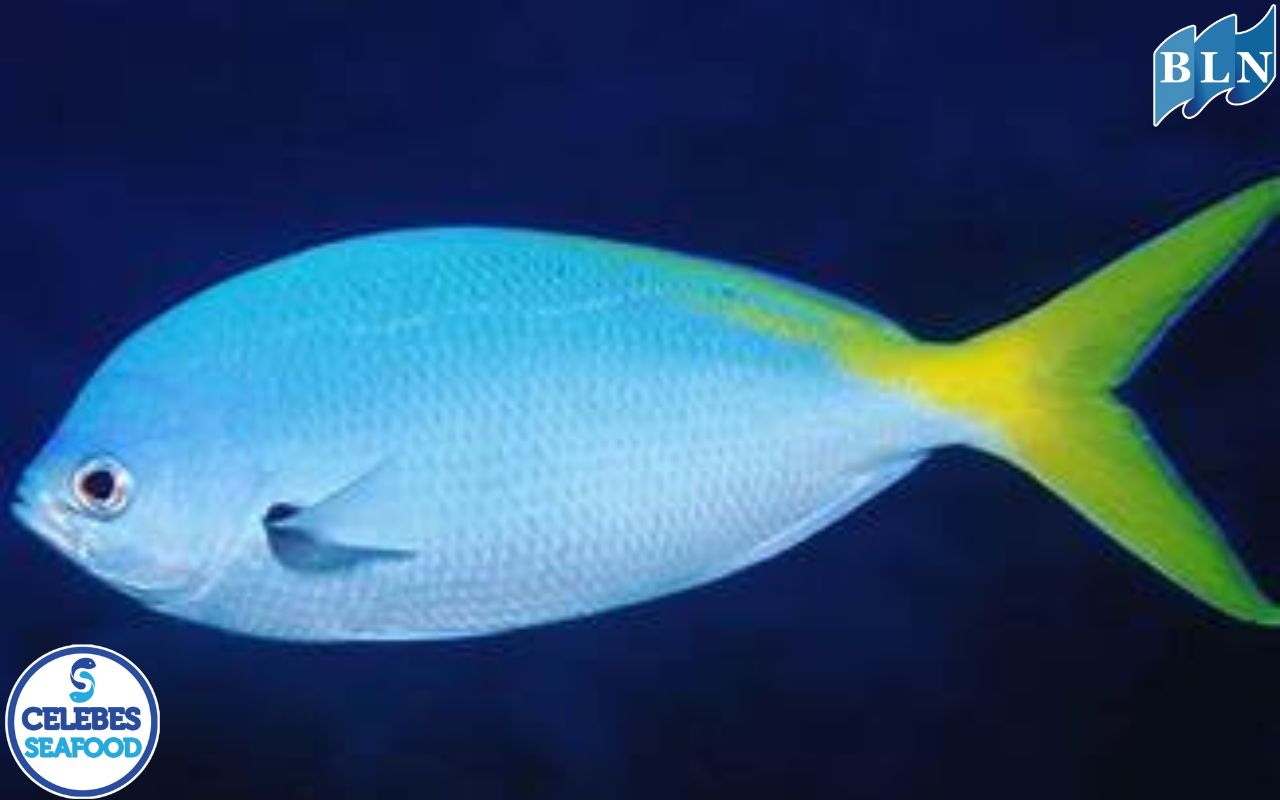Specific Nutritional Requirements at Different Growth Stages of Gourami Fish (Osphronemus goramy)
By. Azizah - 23 May 2025.jpg)
lautnusantara.comGourami (Osphronemus goramy) is a high-value freshwater fish commodity in Indonesia. To achieve optimal growth, understanding the specific nutritional needs at each stage of development is essential. This article discusses the nutritional requirements of gourami during the larval, fry, juvenile, and adult stages, along with the implications for efficient feed management to support aquaculture productivity.
Introduction
Gourami is a widely consumed freshwater fish in Southeast Asia, especially in Indonesia. The availability of feed that matches the physiological needs of the fish greatly influences the success of aquaculture. Each growth stage of gourami requires different levels of nutrients, including protein, fat, carbohydrates, vitamins, and minerals. Therefore, proper feed formulation tailored to each growth phase is critical in aquaculture management.
1. Larval Stage
During the larval stage, gourami requires a high-protein diet (45–50%) with very small particle sizes. Natural feeds such as Artemia, rotifers, or boiled egg yolk are commonly used. Essential amino acids are crucial to support tissue development and organ formation.
2. Fry Stage
As the fish grows into fry (2–5 cm in size), protein needs slightly decrease (about 40–45%), while energy and fat become more important. At this stage, artificial feed is introduced and should be nutritionally balanced and easily digestible.
3. Juvenile Stage
Juvenile gourami (5–12 cm in size) exhibits rapid growth. Required nutrients include protein (35–40%), fat (5–10%), and low crude fiber content. The addition of vitamins C and E is important to enhance immunity and reduce stress.
4. Adult Stage
Adult gourami require lower protein levels (30–35%) as growth slows down and more energy is directed toward maintenance and reproduction. Feed should be carefully formulated to avoid excess energy that can lead to fat accumulation.
Implications for Aquaculture
The implications of gourami fish (Osphronemus gouramy) refer to the impacts and influences resulting from the presence and activities of gourami, either directly or indirectly, on various aspects such as the economy, society, environment, and culture.
Meeting the specific nutritional needs at each growth stage enables farmers to optimize growth performance, feed conversion efficiency, and overall fish health. Adaptive feed formulation and timely feeding strategies are key to sustainable gourami aquaculture.
If you are interested in our product OCTOPUS LEGS, OCTOPUS WHOLE CLEANED FLOWER TYPE, OCTOPUS WHOLE CLEANED BALL TYPE please do not hesitate to contact us through email and/or whatsapp
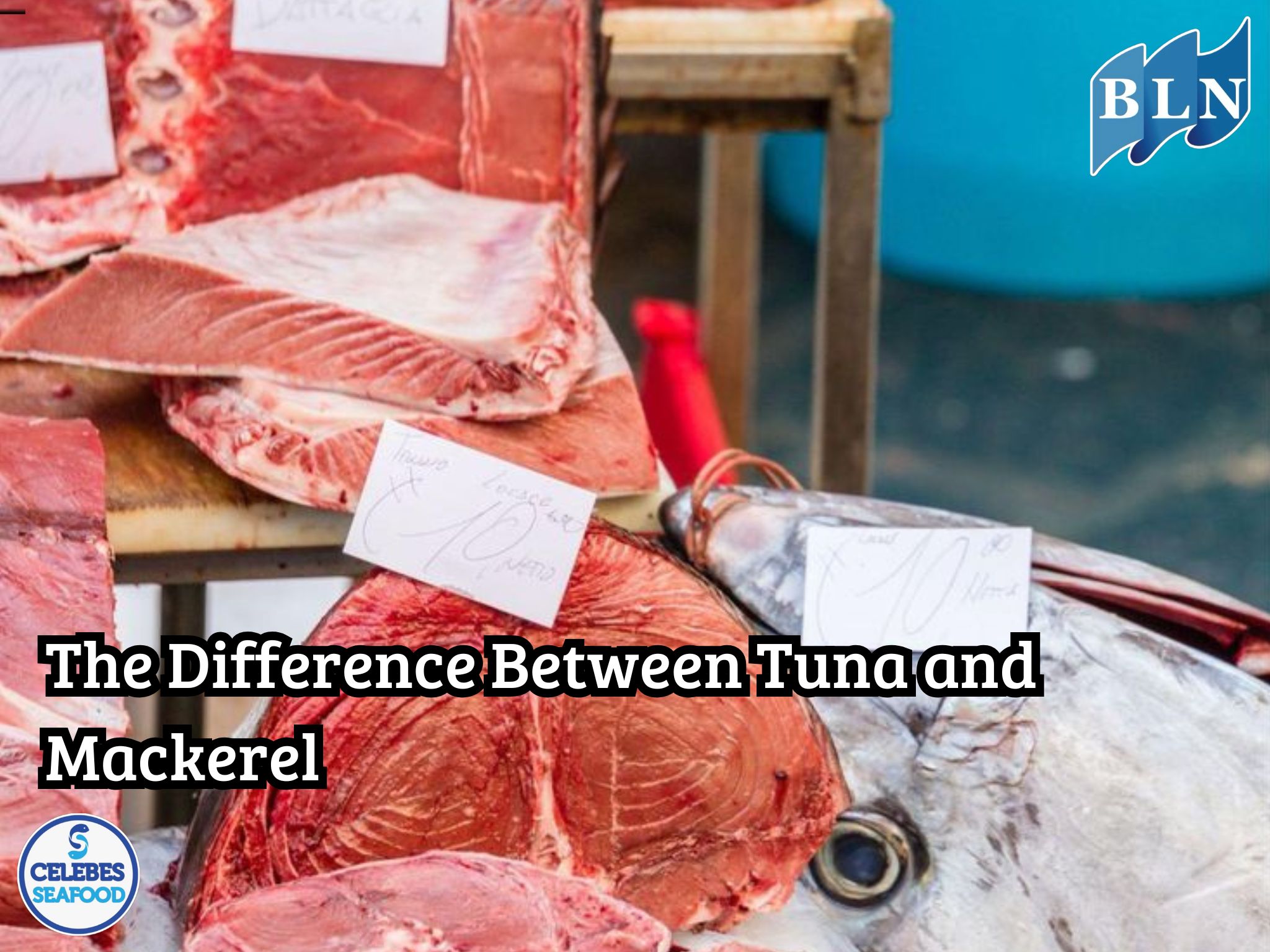
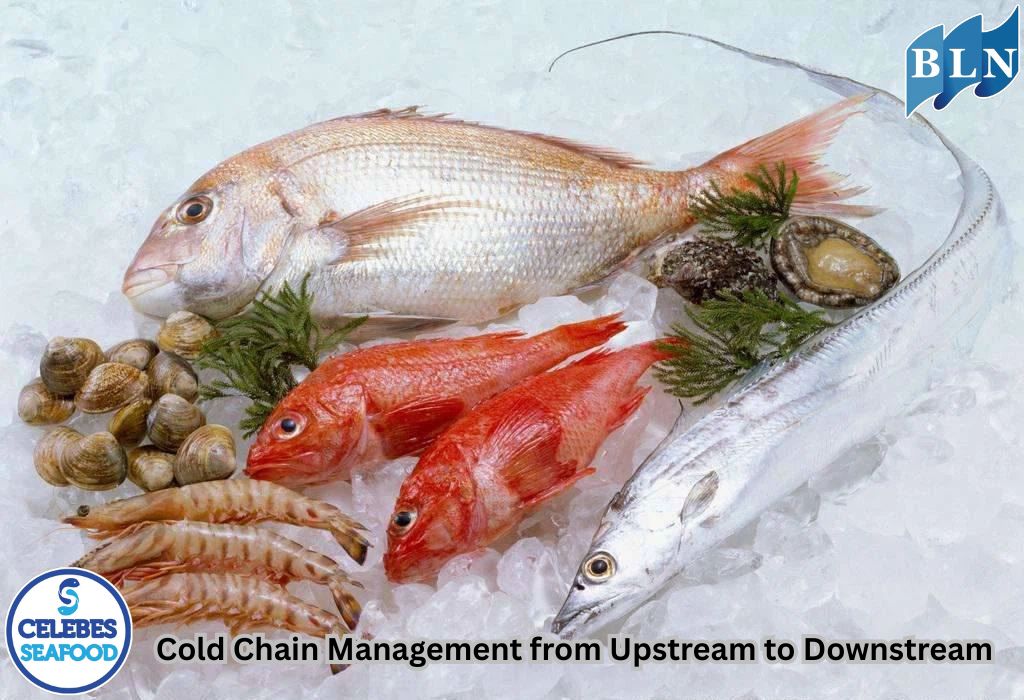
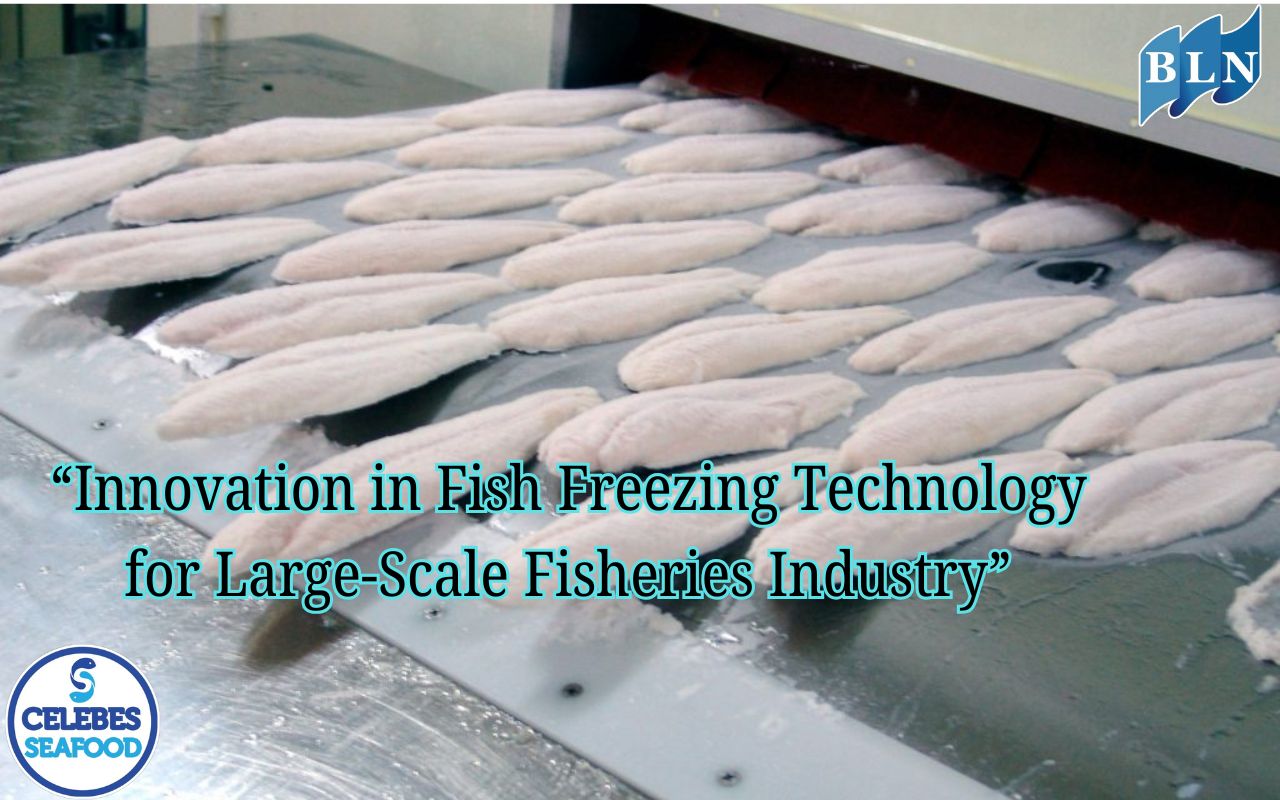
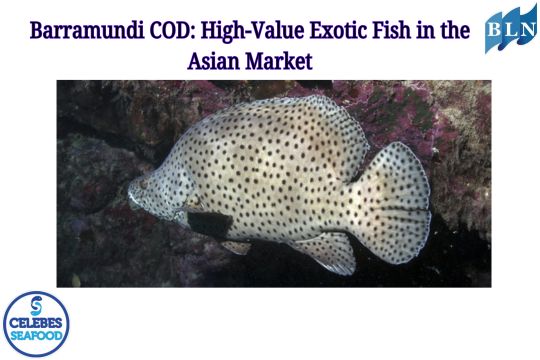
.jpg)
